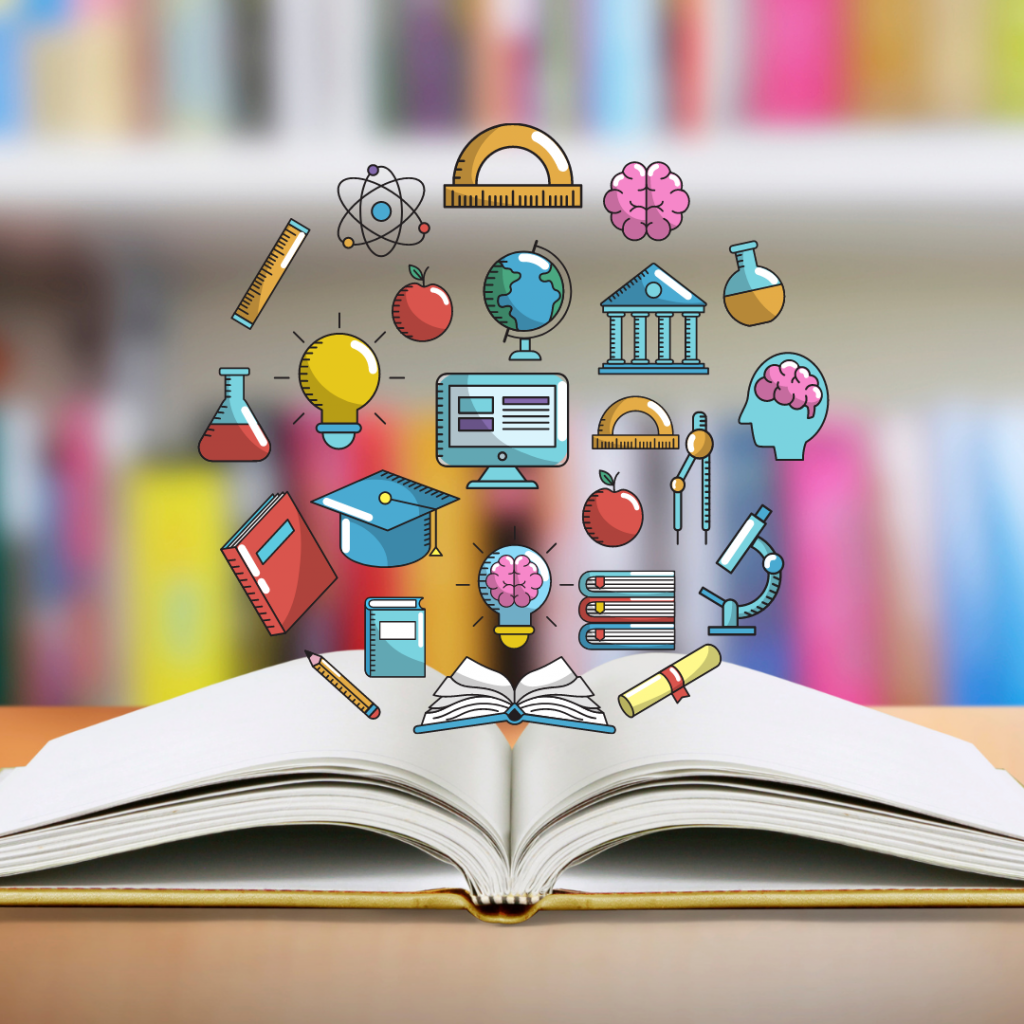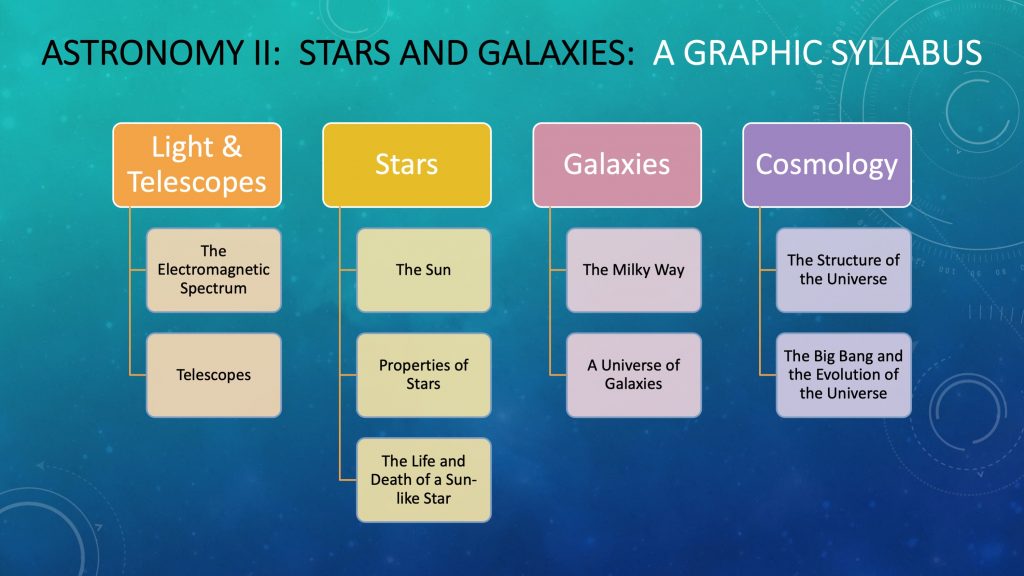34 Topics
Up to this point you have given some thought to the various ways your students will learn and be assessed as they progress through your course. Now it is time to think about the course content.

You might have noticed that we designed this development plan to help you think about content late in the process. This is intentional. Experience has shown that if instructors start with content, they end up with courses designed for the delivery of information; but the goal here is to develop a course that will help students engage with new ideas in a way that helps them develop deep understanding, effective skills, and important attributes. Content-focused classes are less learner-centred and can quickly become unmanageable. Often, instructors have far more content to cover than the students are feasibly capable of mastering over the course of a term.
We love content! Content is important! But in order to create a learner-centred experience, first instructors need to consider their learning goals and their plans for engagement and feedback.
Since we have already done that hard work, now it is time to think about the ideas and concepts that students will engage with to build the skills and attributes we identified at the beginning of this process. When you think about content, think about the big ideas and central concepts at the core of your course. Considering how your course fits into the larger discipline will help you to identify exactly which course content is essential for your students to learn and understand.
Consider building a graphic syllabus. This will help you clarify exactly what you want to cover in your course. You can then make this available to your students as an add-on to the more formal course outline. Here’s a sample graphic syllabus shared by Laurie Reed from her PHYS 1130 Astronomy II: Stars and Planets course:


